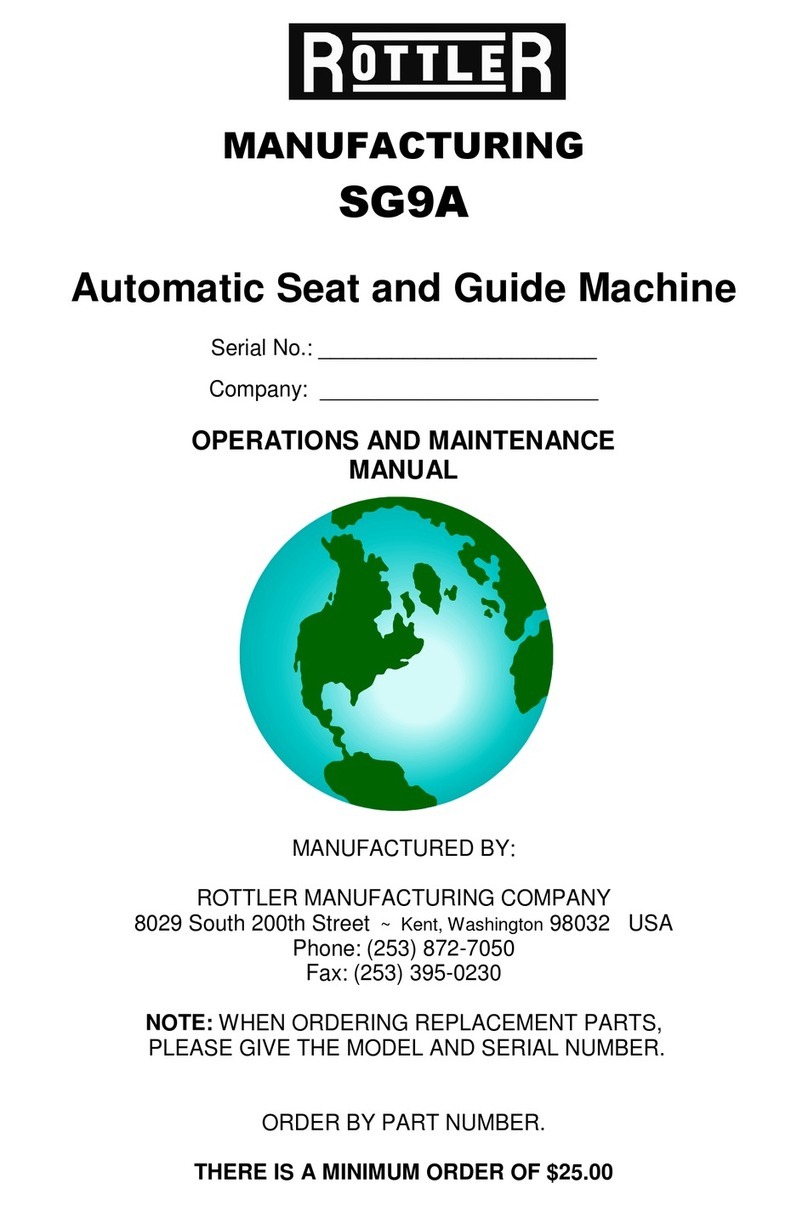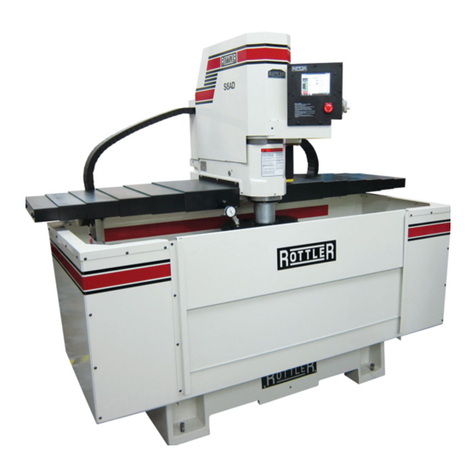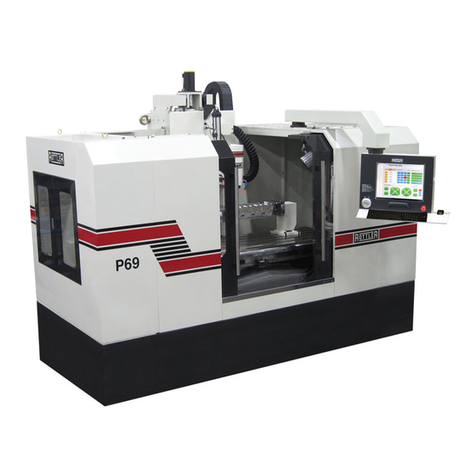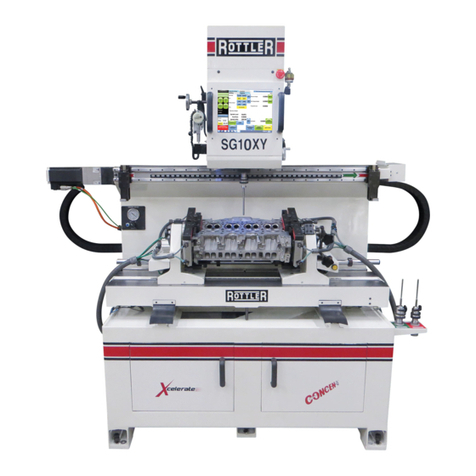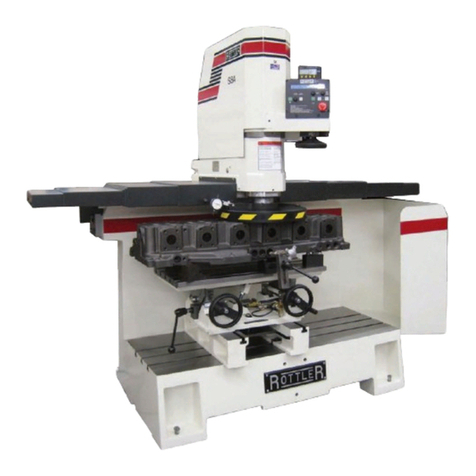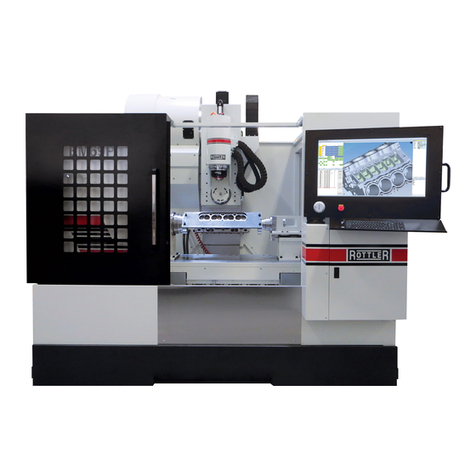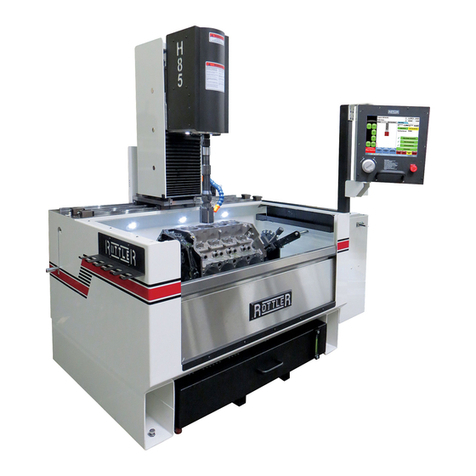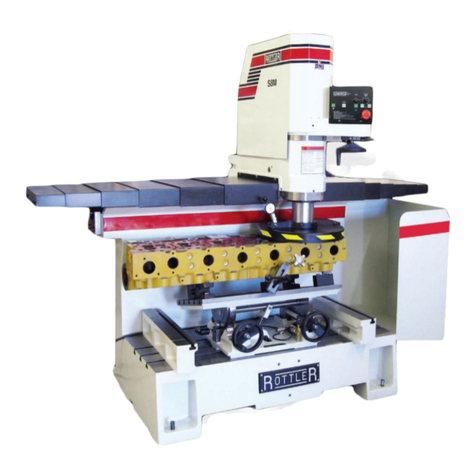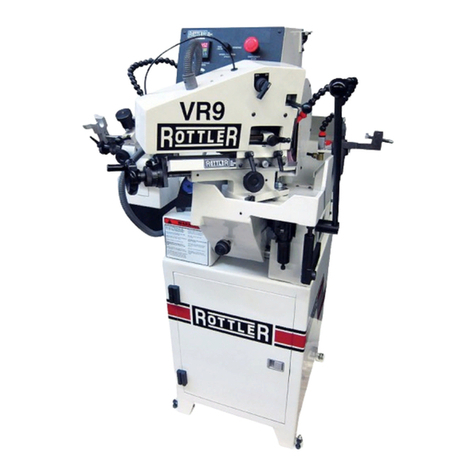
CHAPTER 1 INTRODUCTION / SAFETY / INSTALLATION:2-1
Introduction:................................................................................................................................................2-1
Limited Warranty:.......................................................................................................................................2-1
Safety Information:.....................................................................................................................................2-2
Electrical Power:.........................................................................................................................................2-2
Machine Operator:......................................................................................................................................2-2
Eye Safety:.................................................................................................................................................2-2
Work Area: .................................................................................................................................................2-2
Guards:.......................................................................................................................................................2-2
Overreach:..................................................................................................................................................2-2
Hand Safety:...............................................................................................................................................2-2
Machine Capacity:......................................................................................................................................2-3
Avoid Accidental Starting: ..........................................................................................................................2-3
Careless Acts: ............................................................................................................................................2-3
Job Completion: .........................................................................................................................................2-3
Replacement Parts:....................................................................................................................................2-3
Misuse:.......................................................................................................................................................2-3
Emergency Procedure:...............................................................................................................................2-3
Preparation for Placement:.........................................................................................................................2-3
CHAPTER 2 MACHINE INSTALLATION: 3-1
Location:.....................................................................................................................................................3-1
Unpacking: .................................................................................................................................................3-1
Positioning the Machine:............................................................................................................................3-1
Leveling the Machine: ................................................................................................................................3-2
CHAPTER 3 CONTROL DEFINITIONS:4-3
CHAPTER 4 OPERATING INSTRUCTIONS: 5-1
Mounting Cylinder Heads:..........................................................................................................................5-1
Alignment and Setup:.................................................................................................................................5-2
Front to Rear Cylinder Head Alignment:....................................................................................................5-2
Left to Right Alignment:..............................................................................................................................5-2
Selecting the right Pilot:..............................................................................................................................5-3
Three Angle Seat Cutting:..........................................................................................................................5-3
Cut seat only enough to clean up surface..................................................................................................5-3
Changing the Spindle Adapters: ................................................................................................................5-3
Installing the Spherical self Aligning toolholder:.........................................................................................5-3
CHAPTER 5 SPINDLE TO WORK: 6-4
Fine Feed Engagement:.............................................................................................................................6-4
Core Drilling and Reaming Valve Guides:..................................................................................................6-4
Cutting Counter Bores for Seat Rings:.......................................................................................................6-5
Tapping Operations:...................................................................................................................................6-5
CHAPTER 6 MAINTENANCE: 7-1
